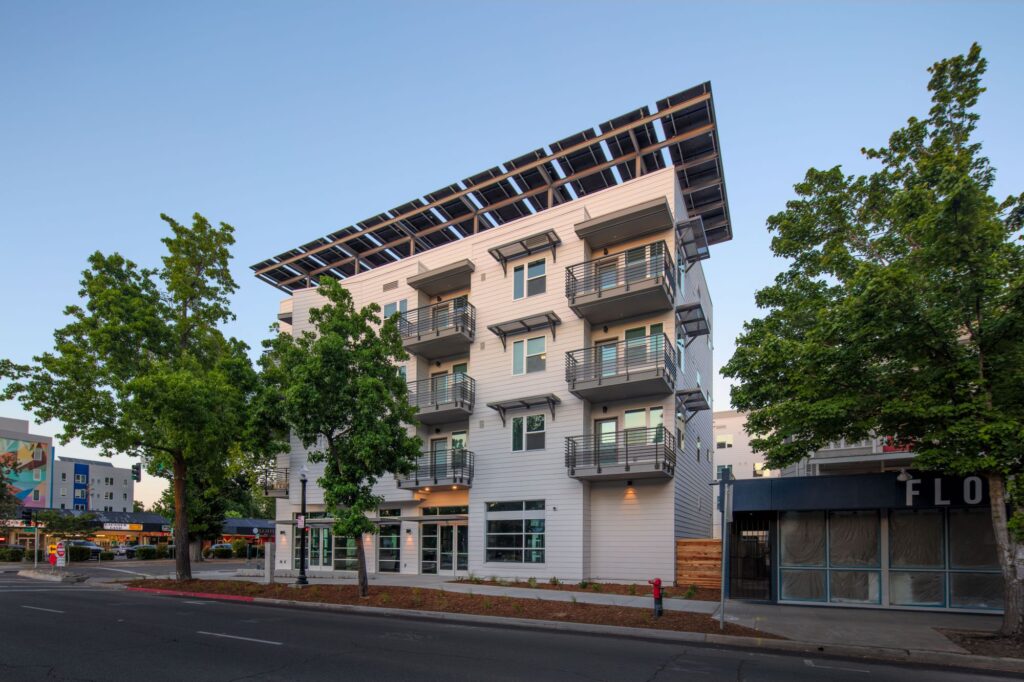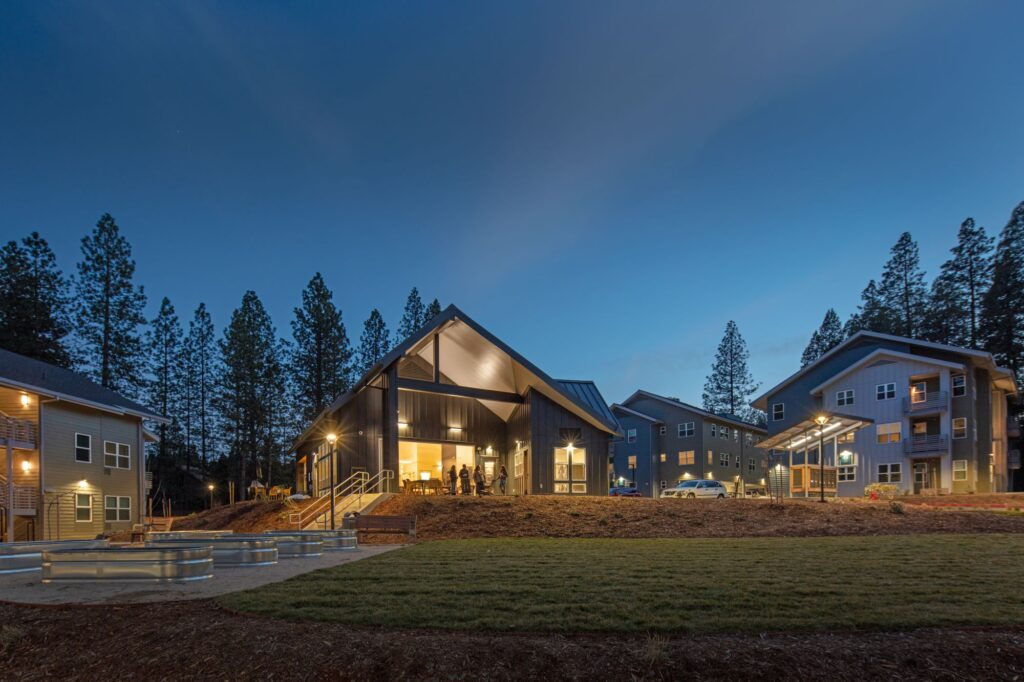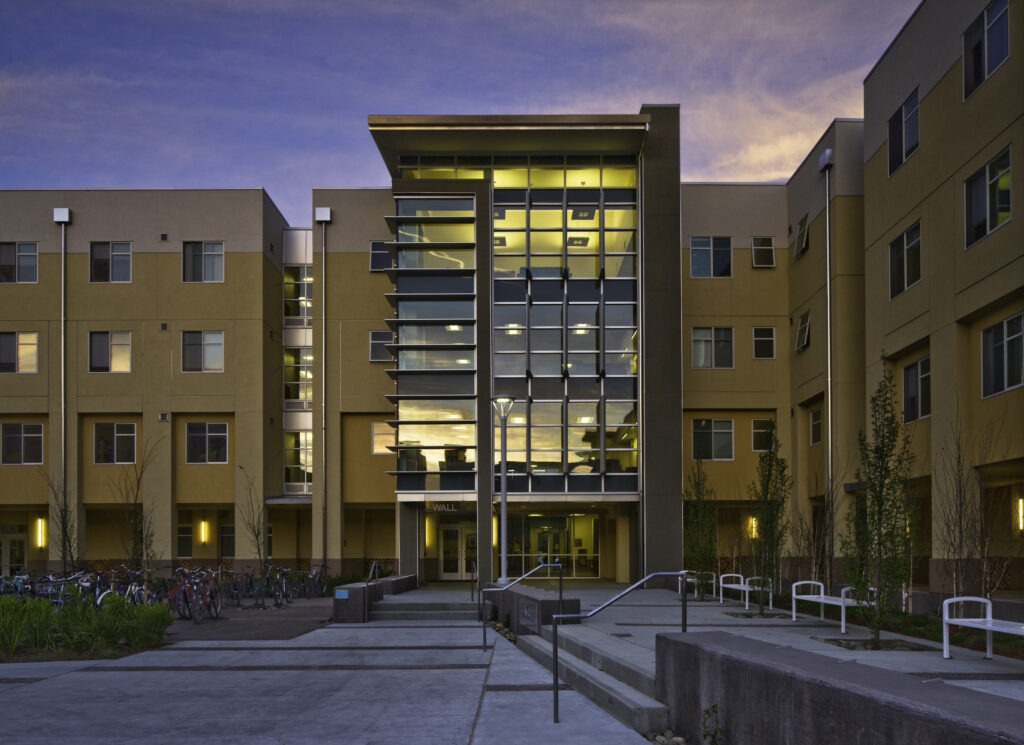
California’s Housing Crisis Is Driving Teachers Away: A Look at the Challenges and a Possible Solution
California’s housing crisis continues to dominate headlines—and for good reason. The cost of living, especially housing, has risen to such heights that even high-wage earners are feeling the squeeze. While the problem is most acute in coastal metro areas like the Bay Area, Los Angeles, and San Diego, regions like Sacramento and the greater Central Valley are also grappling with the consequences.
Among the many sectors impacted by the housing crisis, education stands out. School districts across the state are struggling to retain and recruit teachers, largely because most educators can no longer afford to live in the communities where they work. For many, that means moving farther away in search of affordable rents, leading to longer commutes thus more time away from family, and community: and increased burnout as well as increased non-housing costs.
Housing is just one factor in a larger web of challenges contributing to California’s teacher retention crisis. Others include:
- Limited access to affordable, conveniently located childcare
- Non-competitive teacher salaries
Together, this trifecta—skyrocketing housing costs, childcare expenses, and unsustainable commutes—is pushing many talented educators to leave the profession or relocate to other states entirely.
The Numbers Tell the Story

Consider the Folsom-Cordova Unified School District as a case study. The average teacher salary in this district is $88,537 annually. While this may sound sufficient at first glance, a closer look reveals a different picture:
- Average rent in Folsom: $2,900/month for a two-bedroom apartment
- Average rent in Rancho Cordova: $1,700/month for a two-bedroom
- Average monthly childcare costs in the region: $2,700
- Average annual cost of car ownership: $12,000 and rising
- Average home price in Folsom is $803,000
This means a teacher who lives in Folsom who is a new parent and owns a car will be spending a total of $79,200 per year on housing, childcare, and transport. This leaves just over $9,000 dollars for all over expenses and likely means little to no savings. To afford an $800,000 home in this district would require an annual income of approximately $220,000.
A Creative but Limited Solution: Staff Housing
To address the housing crisis, some school districts have begun to take matters into their own hands—literally. A handful of districts across California have built workforce housing on school-owned land to provide affordable living options for their staff. As of now, only nine such projects have been completed statewide, with nearly a dozen more under construction and dozens more under consideration.
These projects are a promising step forward. While teacher salaries have seen modest increases, they simply haven’t kept pace with the explosive growth in housing costs. For many districts, investing in staff housing has become a logical—and necessary—solution.
It’s Time to Lead
Mogavero Architects has a long history of designing affordable housing that lowers commutes, provides space for childcare, for play, and for building community. We’ve been at the forefront of housing movements in the Northern California and the Central Valley—designing Sacramento’s first LGBTQ-inclusive affordable housing project, Placer County’s first workforce housing project, and UC Davis’ first LEED-certified student housing complex. Mogavero Architects already has extensive experience in the Affordable Housing and Student housing sectors with the following record:
- 40+ years of experience in Housing
- 75 Affordable Housing projects
- 4000 units of Affordable Housing
- 3500 beds of Student Housing
We have had the privilege of working with California’s premier Affordable Housing developers, with clients such as Mercy Housing, Community Housing Works, Eden, Midpen, and Related Housing. We’re ready to lead again—with Educator Housing.
Let’s bring Educator Housing to California!


